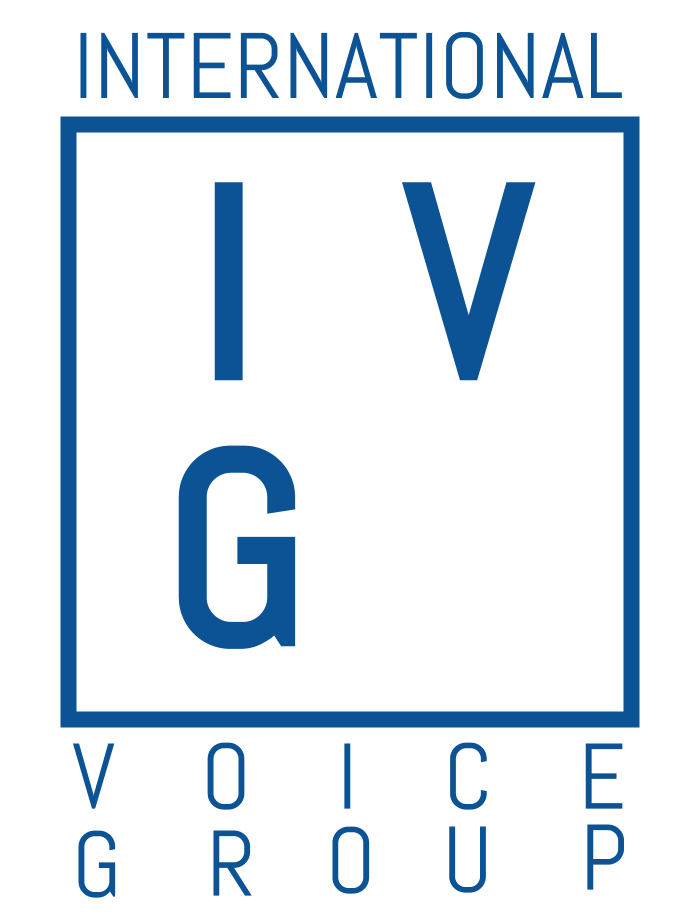Having the best equipment isn't everything when it comes to recording a professional sounding voice over. Yes we encourage you to get as top spec gear as you can get your hands on but at the end of the day, if you record in your bathroom it won't sound good.
We ask you to find the softest furnished room in your house. Bedrooms, closets (walk-in closets are perfect if you're a fancy-pants) or even studies work. The idea is to reduce the amount of reflective surfaces in the room with the mic. Ever wondered why your voice sounds amazing when singing in the shower? It's because of the acoustics in the bathroom, flat surfaces that cause natural reverb. Although we're sure your Tom Jones impressions sound fantastic, let's keep the VO sessions in the quietest, softest place in the house.
Read more about recording from home here:
I'm a technophobe, is it even possible for me to set up a home recording studio?






